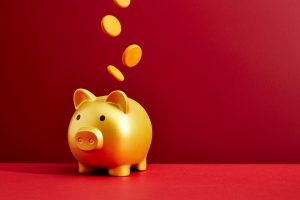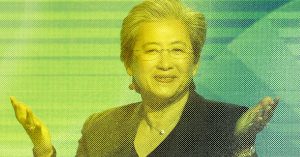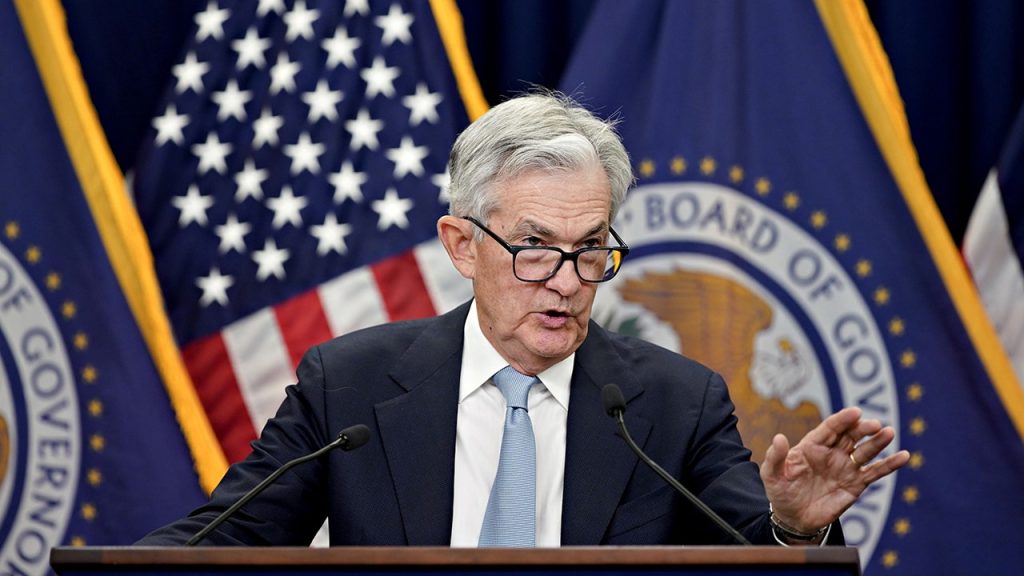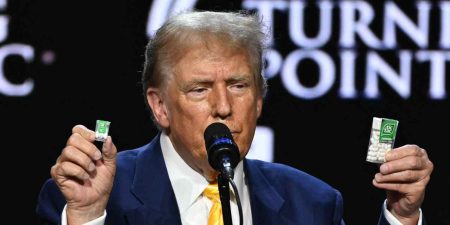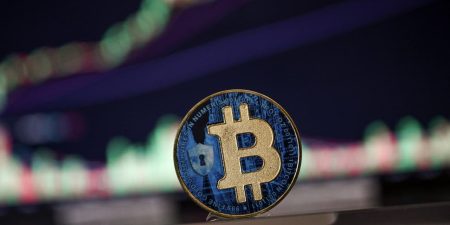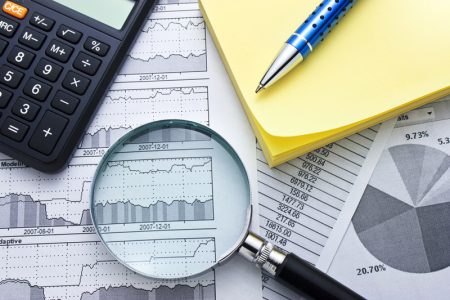The Federal Reserve on Wednesday raised its benchmark interest rate by a quarter of a point, resuming its campaign to increase borrowing costs and crush inflation after a brief pause in June.
The unanimous decision puts the key benchmark federal funds rate at a range of 5.25% to 5.5%, the highest since 2001, further restricting economic activity as the borrowing costs for homes, cars and other items march higher.
It marks the 11th rate increase aimed at combating high inflation since policymakers began tightening in March 2022.
Policymakers also left the door open to additional interest rate increases this year, despite a recent pullback in inflation.
SILVER LINING OF HIGHER INTEREST RATES: SAVINGS ACCOUNT RATES
“The Committee will continue to assess additional information and its implications for monetary policy,” the post-meeting statement said. It was nearly identical to the statement released by the U.S. central bank in June.
“In determining the extent of additional policy firming that may be appropriate to return inflation to 2% over time, the committee will take into account the cumulative tightening of monetary policy, the lags with which monetary policy affects economic activity and inflation, and economic and financial developments.”
Economic projections laid out after the Fed’s June meeting show that a majority of Fed officials expect rates to rise to 5.6% by the end of 2023, suggesting at least one more quarter-point increase this year.
AMERICANS EXPECT HIGH INFLATION TO STICK AROUND IN LATEST NEW YORK FED SURVEY
The Fed is scheduled to meet three more times this year, in September, November and December.
Chairman Jerome Powell maintained that officials have not made a decision about the September meeting yet.
“We will continue to make our decisions meeting-by-meeting based on the totality of the incoming data and their implications for the outlook for economic activity and inflation, as well as the balance of risks,” he told reporters in Washington.
Although investors are betting that this will be the final rate increase in the Fed’s tightening cycle, others are less sure because of the surprisingly resilient economy, which could threaten to refuel inflation.
Against all odds, the labor market has remained very tight. Demand for workers continues to outstrip the number of jobs available. That imbalance could keep wages elevated, leaving companies no choice but to raise prices to offset those labor costs.
ECONOMISTS STILL SEE 50% CHANCE OF A RECESSION THIS YEAR
While inflation has eased from a peak of 9.1%, it remains above both the pre-pandemic average and the Fed’s 2% target rate.
Core prices, which exclude the more volatile measurements of food and energy, are also running at a pace more than double the Fed’s goal, pointing to strong underlying price pressures that are still bubbling beneath the surface.
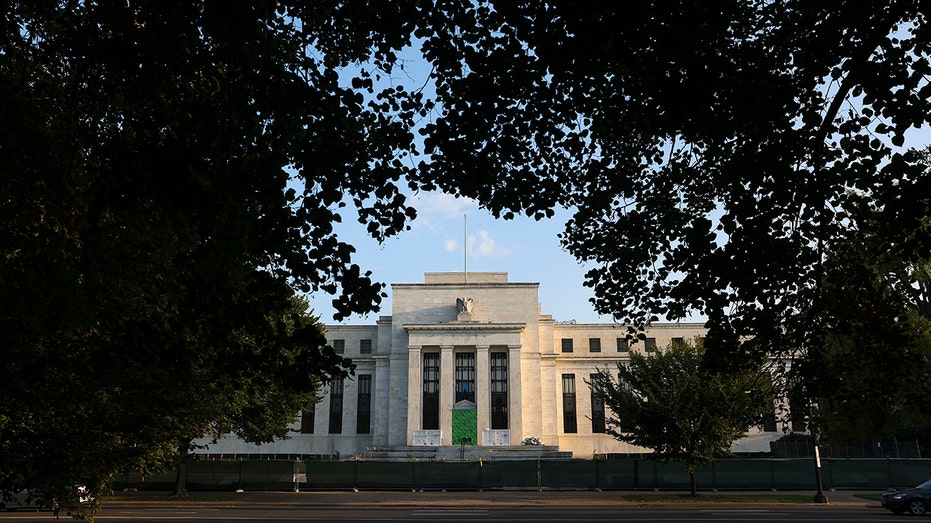
“Some degree of additional tightening in the coming months shouldn’t be a surprise,” said Jim Baird, the CIO at Plante Moran Financial Advisors. “The Fed may end up doing too much. But make no mistake, policymakers still see inflation as the primary risk and will do whatever is needed to bring it down toward the central bank’s 2% target.”
Policymakers have raised interest rates sharply over the past year, approving 11 rate hikes in hopes of crushing inflation and cooling the economy. In the span of just 16 months, interest rates surged from near zero to above 5%, the fastest pace of tightening since the 1980s.
Hiking interest rates tends to create higher rates on consumer and business loans, which then slows the economy by forcing employers to cut back on spending.
Higher rates have helped push the average rate on 30-year mortgages above 7% for the first time in years. Borrowing costs for everything from home equity lines of credit, auto loans and credit cards have also spiked.
Read the full article here
